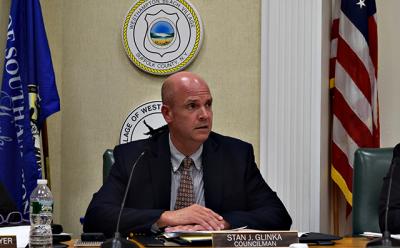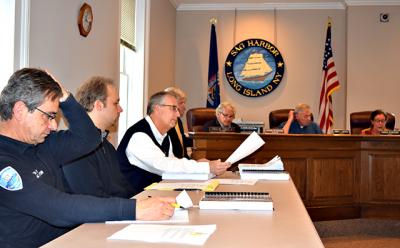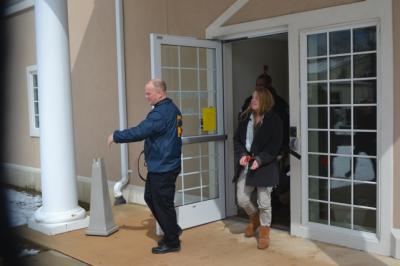Pickup Truck Rolls Over in Amagansett, Driver Found Unconscious
Pickup Truck Rolls Over in Amagansett, Driver Found Unconscious

Emergency responders found the driver of a pickup truck unconscious after the truck rolled over onto its side in Amagansett on Thursday night, fire officials said.
East Hampton Town police and the Amagansett Fire Department were called out to the accident on Old Stone Highway, just north of Albert's Landing Road, shortly after 11 p.m. The male driver was initially unconscious, but regained consciousness as emergency medical service providers arrived, according to John Glennon, the first assistant chief. The driver appeared to have been headed north on Old Stone Highway when he lost control of the white Ford pickup truck. The truck traveled up an embankment and rolled over onto the driver's side. No one else was in the truck, the chief said.
A medevac helicopter was requested to transport the patient to Stony Brook University Hospital, a trauma center, but the helicopter was not available. The Amagansett Fire Department ambulance transported the man, whose name was not immediately available, to Southampton Hospital.
"Neither speed nor alcohol seemed to be a factor in the accident," Chief Glennon said.
There were reports that the driver was trapped inside the truck, but no heavy rescue equipment was used.







